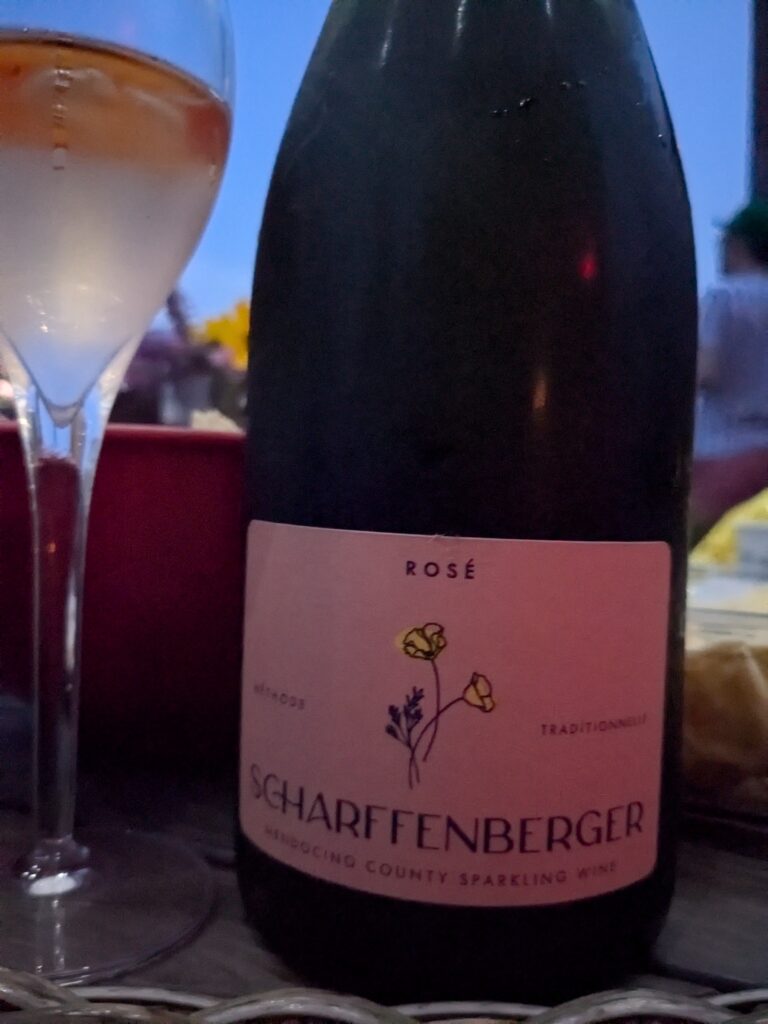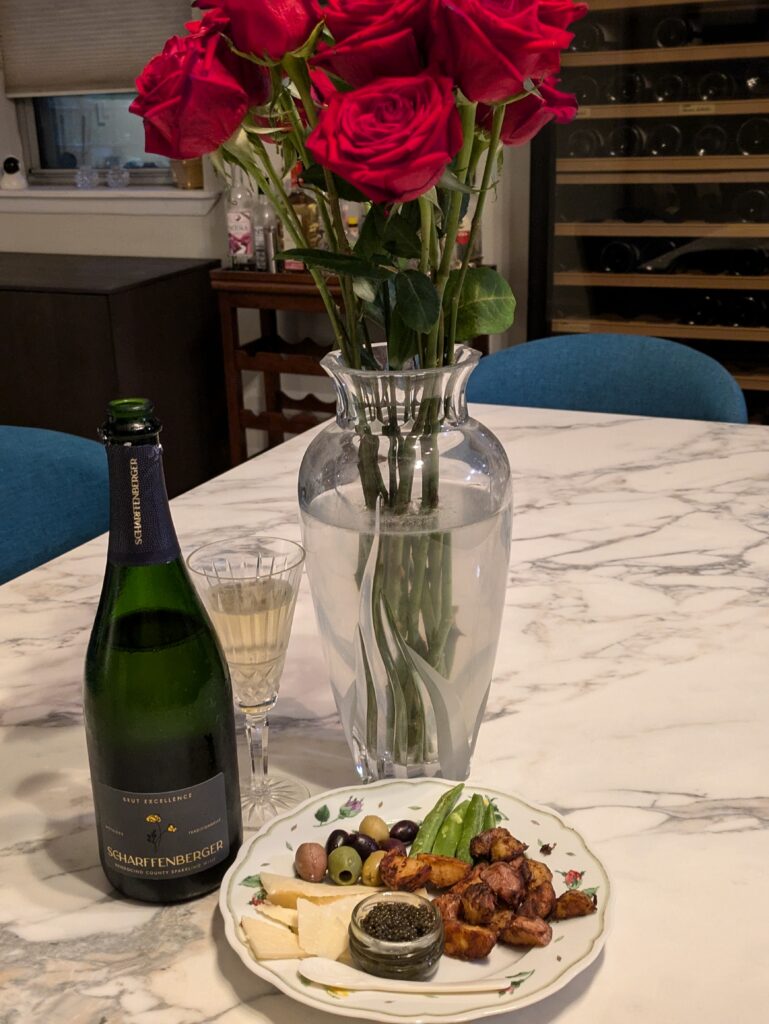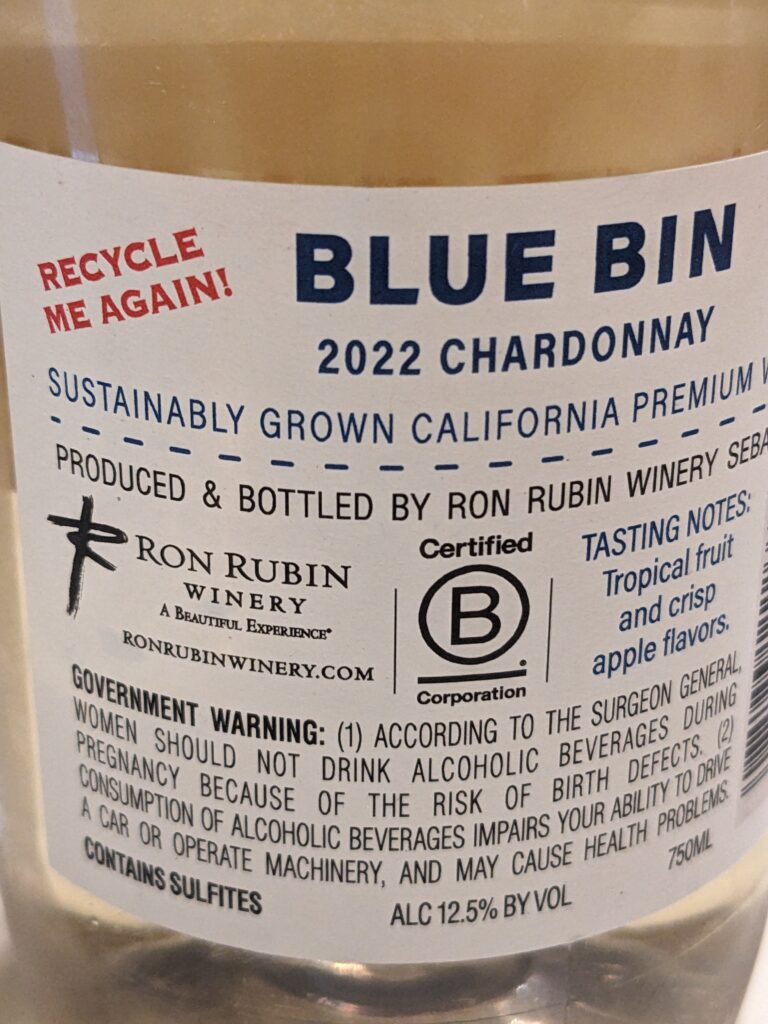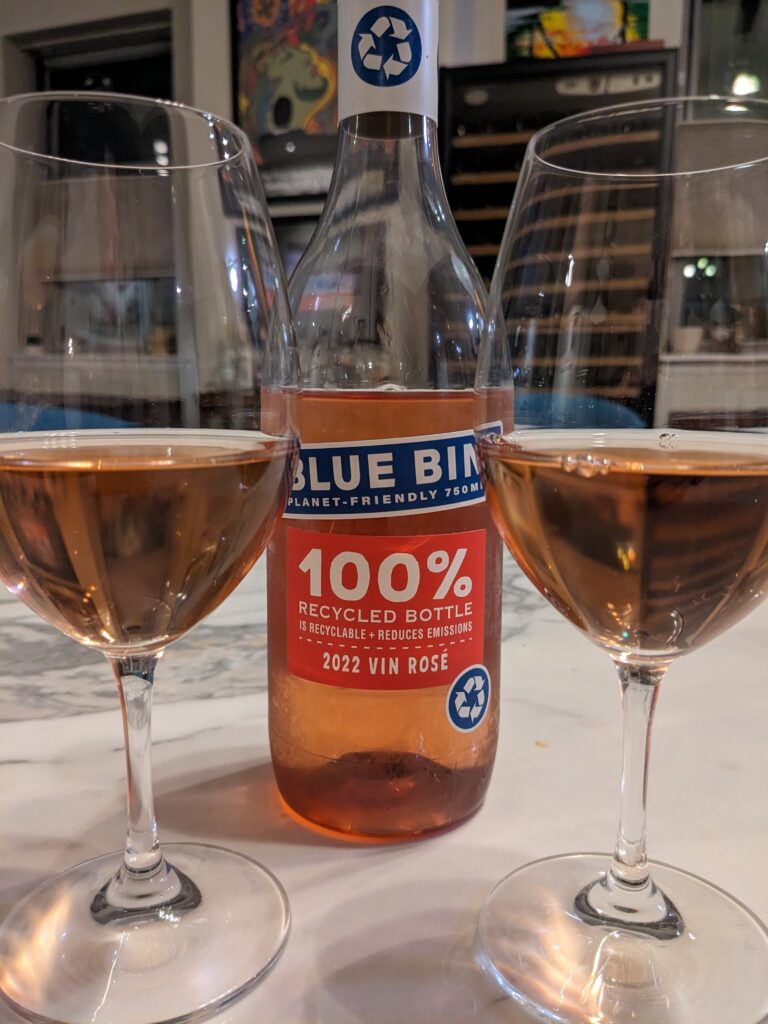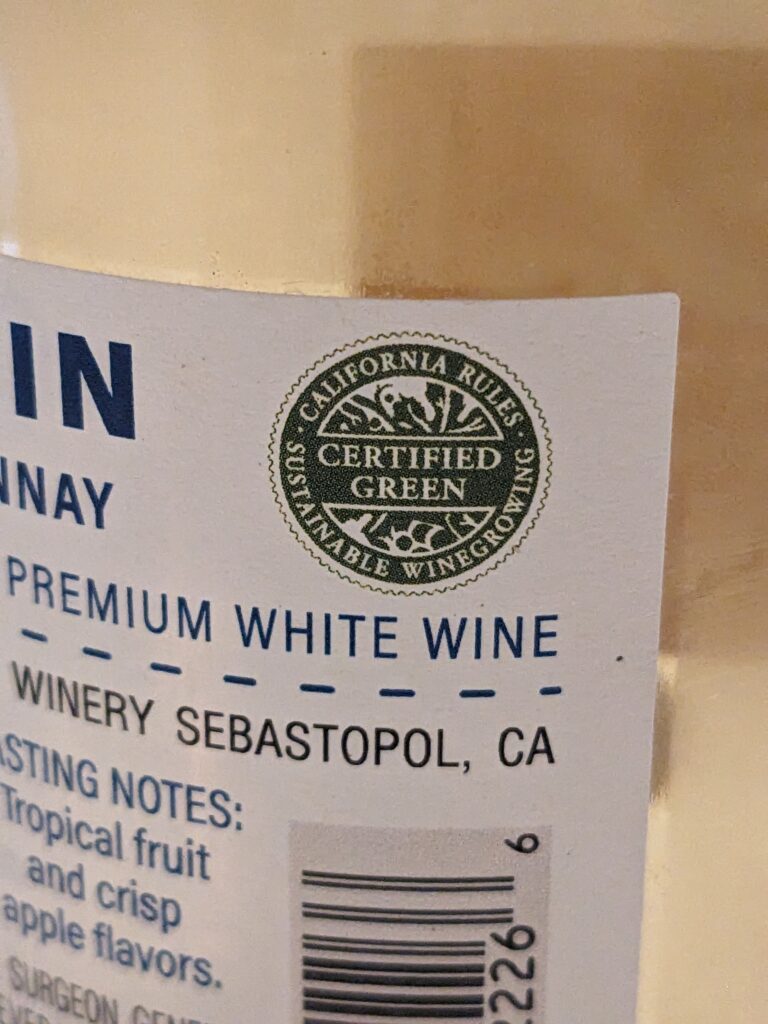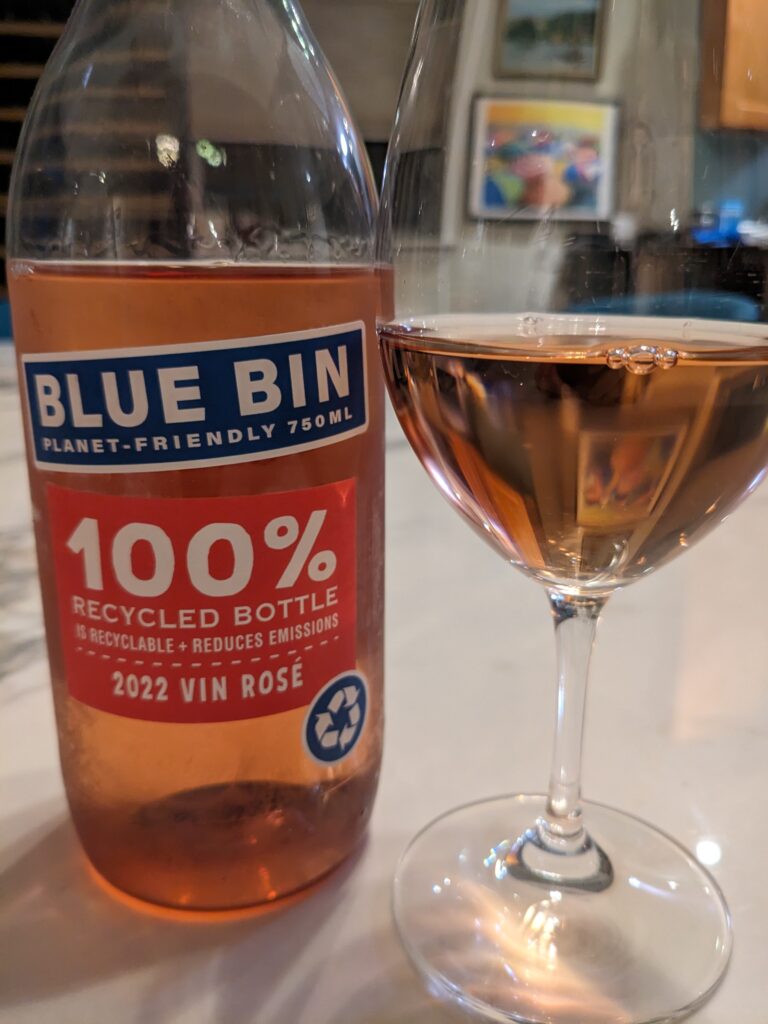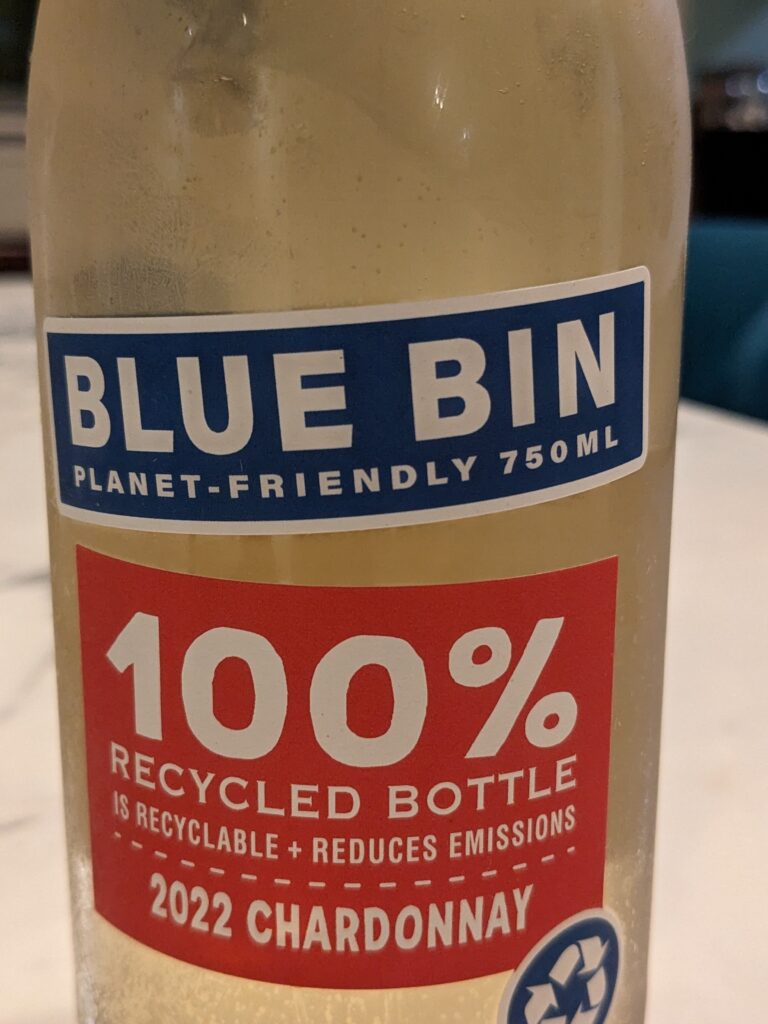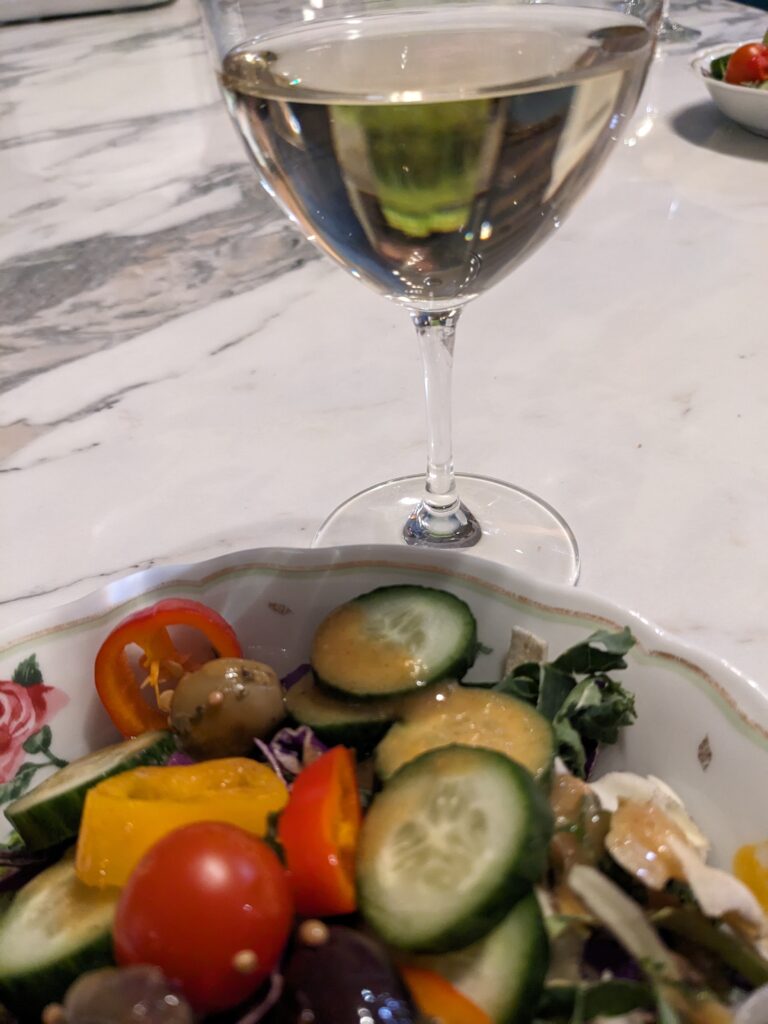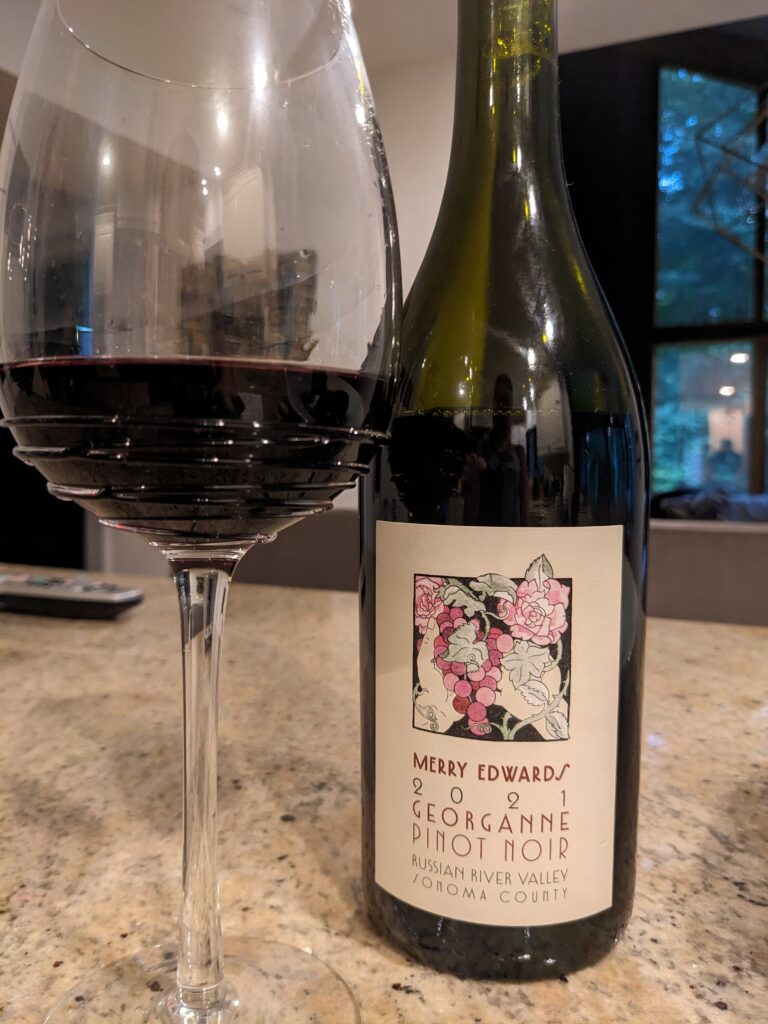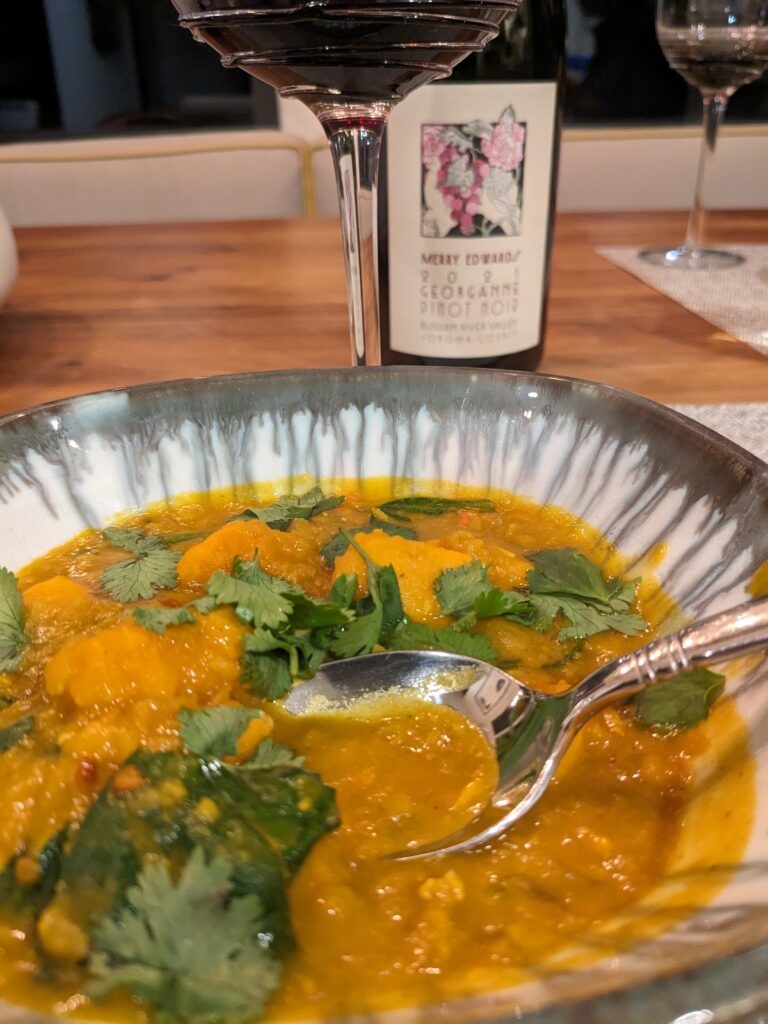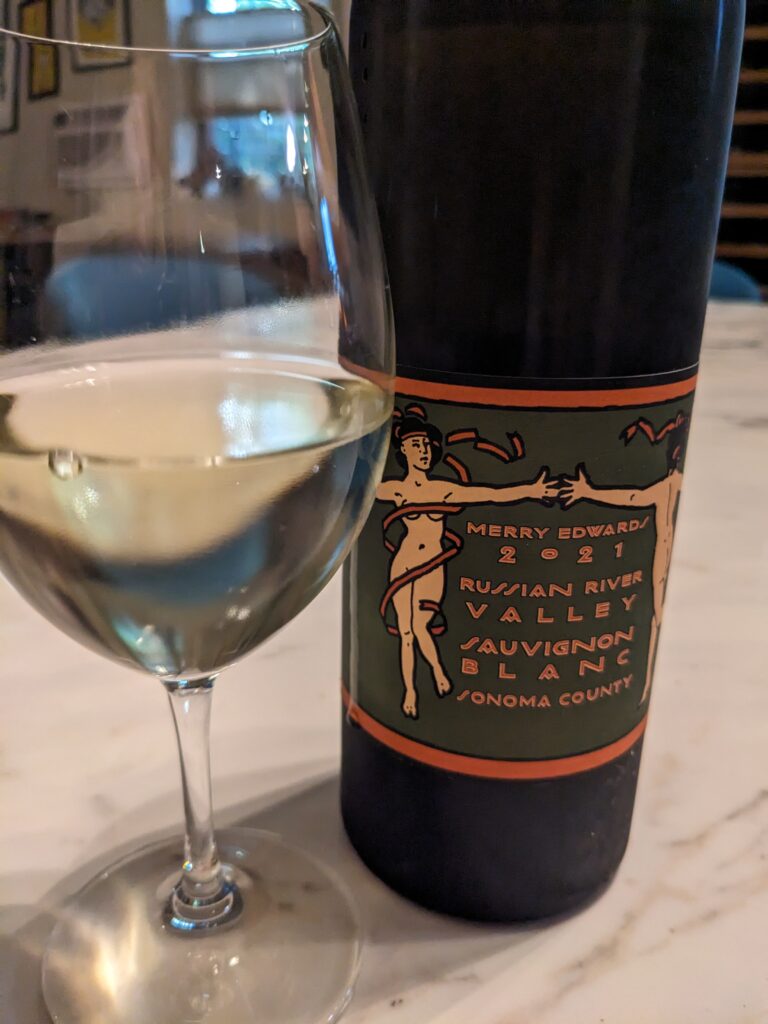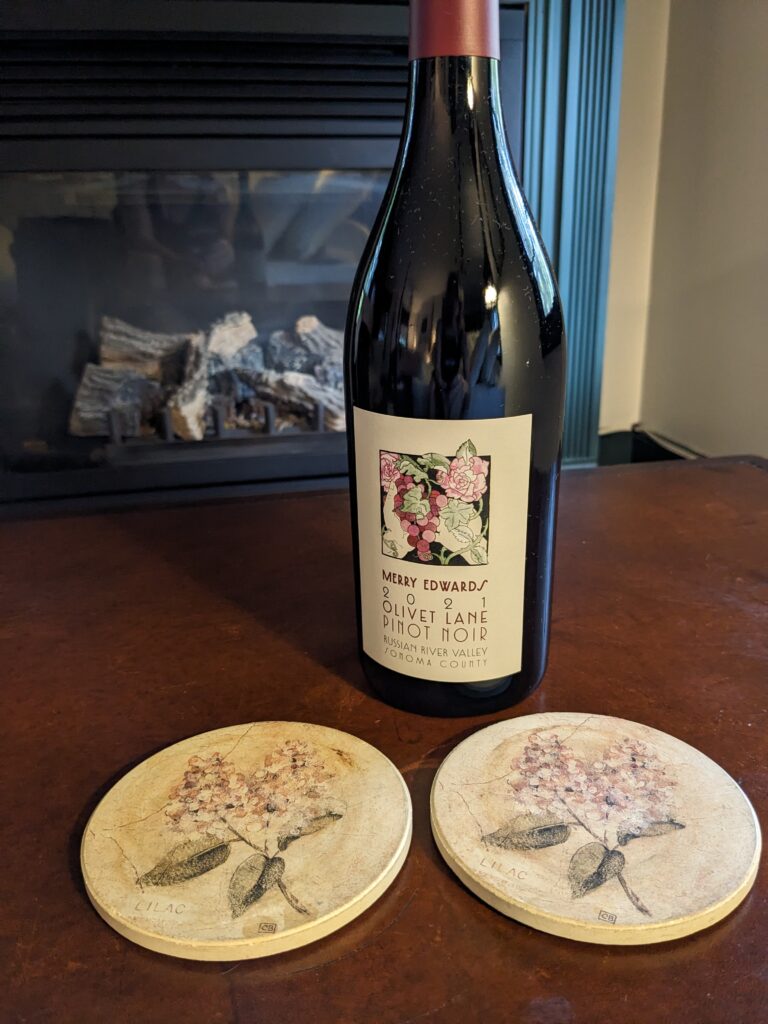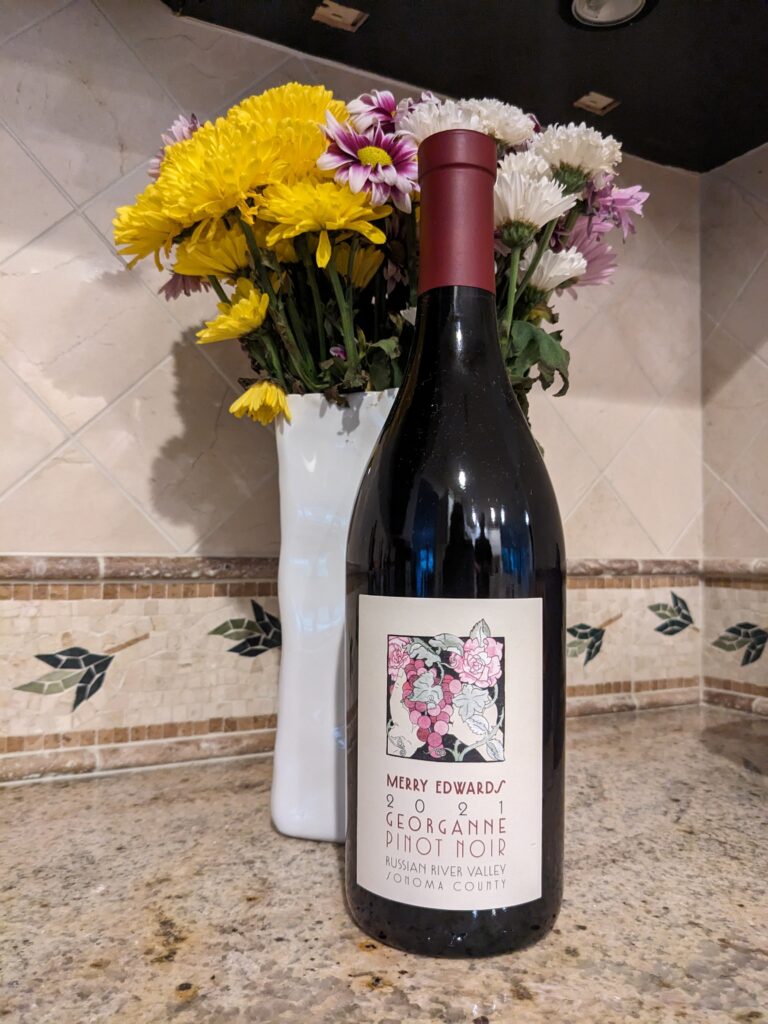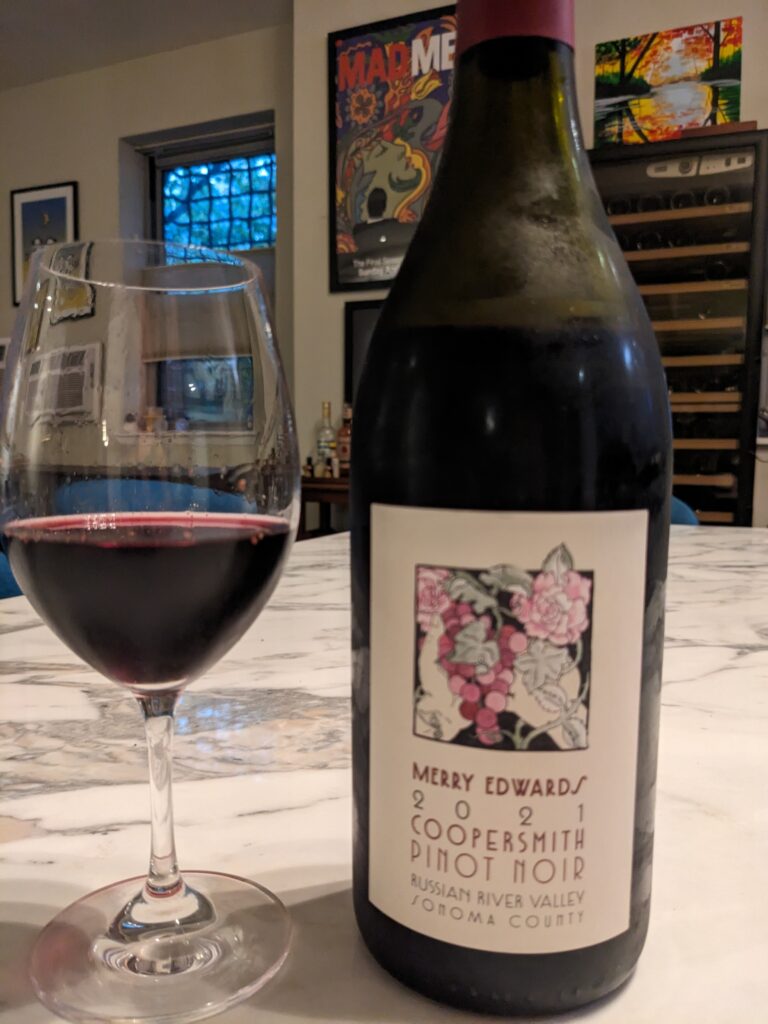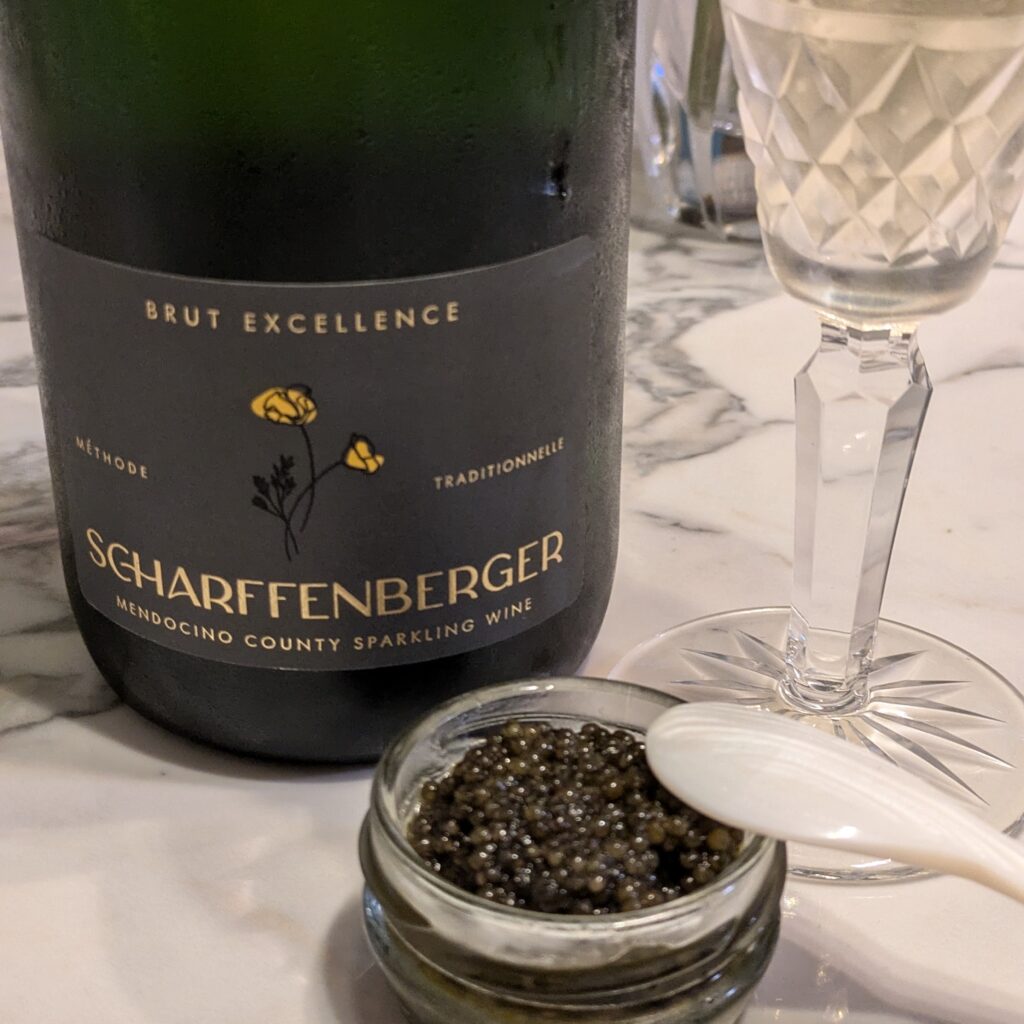
In late 2002, I had a proposal hearing with my dissertation committee. It was December and thus, holiday season, and I wanted to show my appreciation to them for ensuring that our meeting happened before year end. And what better way to say thank you than with bubbles? Around that time, we had become familiar with the sparkling wines from Pacific Echo. It was before we really knew a lot about wine other than the fact that we really enjoyed it, but we knew a good thing when we tasted it and it was a pleasure to share these wines with others. Thus, I ordered a half case from my local wine store and brought the bottles with me to campus, where it was well received by my committee members.
We continued to drink Pacific Echo’s wines periodically throughout the years, purchasing them from the same local shop, until one day, they no longer carried it and we were unable to find it elsewhere. We were definitely disappointed. But, all was not lost. It turned out that Pacific Echo had previously been known as Scharffenberger Cellars and, thanks to another shift in ownership in 2004, was, once again, hailing under that name.
Initially launched in 1981 by John Scharffenberger, the winery was focused on sparkling wine from its very beginning. John specifically choose the Anderson Valley, within California’s Mendocino County, as the ideal place to grow Chardonnay and Pinot Noir for this purpose. At the time, the valley was just gaining momentum as a quality wine area, with a bid for official recognition as an American Viticultural Area requested in 1982. However, it began to garner attention for the quality of its wines, which did well in its vineyards, thanks to new clones that could reliably ripen in the region’s cool, maritime climate. (Read the Anderson Valley’s full history here.)
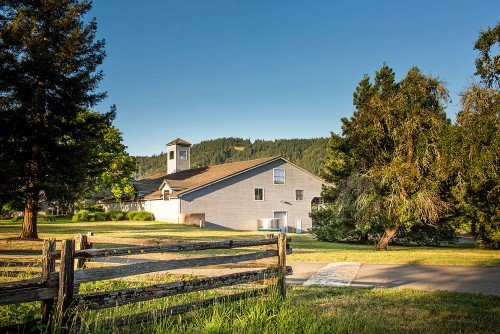
More specifically, given the influence of the Pacific Ocean and the resulting fog, the area is very conducive to these two grape varieties, ensuring that they maintain good acidity. Thus, it is not surprising that Champagne producers found the region equally attractive for these same reasons. In particular, in 1989, Champagne Pommery partnered with John Scharffenberger, who eventually sold his portion of the company in 1995. In April 2000, it was Cliquot, Inc., Scharffenberger’s new marketing agent who changed the name to Pacific Echo to reflect the winery’s dedication to the Anderson Valley.
But, a few years later, in 2004, the winery was acquired yet again, this time becoming a member of the Roederer Collection, under the aegis of Champagne house Maison Louis Roederer, who had established itself in the Anderson Valley as early as 1982, with the production of its sparkling wine facility, Roederer Estate. And, as noted above, they restored the Scharffenberger moniker with its acquisition.
Yet, despite the numerous changes in ownership, there have been far fewer shifts in the winery itself. In this regard, Tex Sawyer served a winemaker from 1989 through 2018, at which point Jeff Jindra took over, becoming only the third winemaker in the winery’s history. With this consistency in winemaking leadership, it is no wonder that the winery continues to consistently produce high quality wines, irrespective of the name on the label. Accordingly, the wines remain well made and well appreciated, earning top marks from both Wine Enthusiast and Wine & Spirits magazines (and others). Moreover, at less than $25 for the Brut and $30 the Rose, these are fabulous finds for the money.
TASTING NOTES
Scharffenberger Cellars Brut, Mendocino County (CA), USA, $24
I spent this past August observing my own made-up celebration: 31 days of pleasure. This meant that each day of the month included at least one intentional act of pleasure. Options were, of course, endless, but admittedly most of my choices centered around food and wine. On one occasion I chose to indulge in caviar, which paired beautifully with this wine, which spent about two years on the lees. It had a lovely mousse, with persistent bubbles, with aromas and flavors of apple, brioche, butter and yeast, culminating in long length.
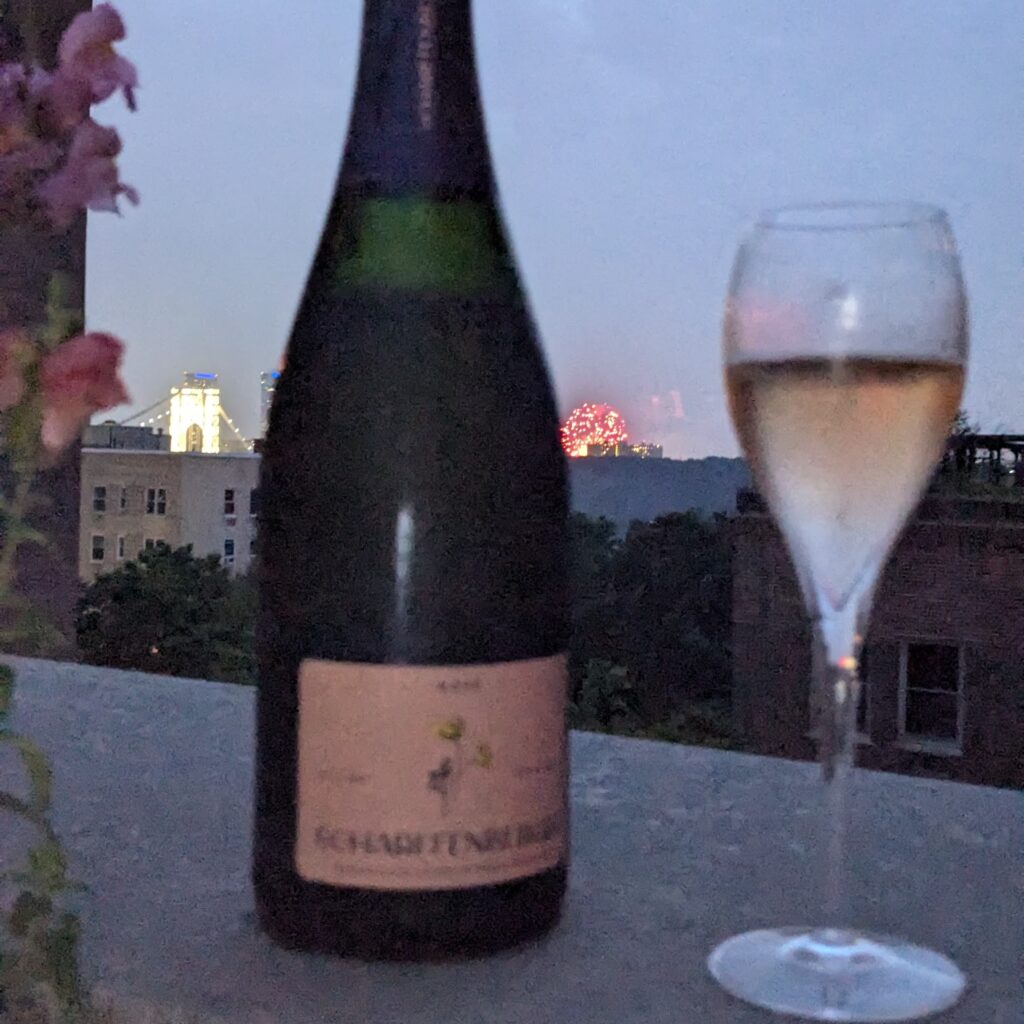
Scharffenberger Cellars Rose, Mendocino County (CA), USA, $30
Although you never need a specific occasion or excuse to open up a bottle of sparkling wine, July 4th was the perfect opportunity to share the Scharffenberger Rose with dear friends while watching fireworks from their rooftop. With a stunning pale salmon hue, this wine displayed yeasty and toasty notes, along with cherries and berries. The effervescence was well integrated, and overall the wine was refreshing, lovely, and elegant, with long length.

